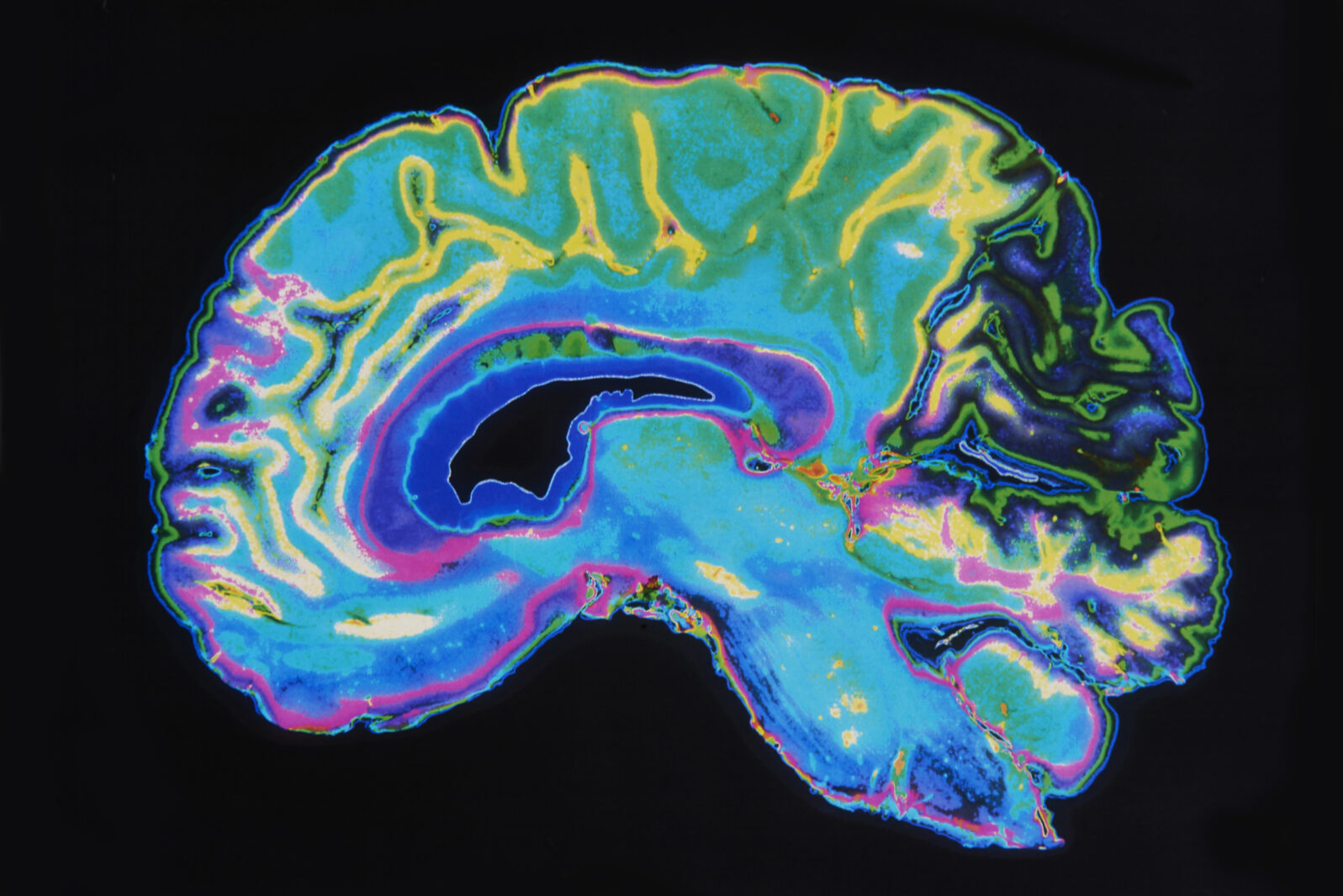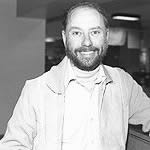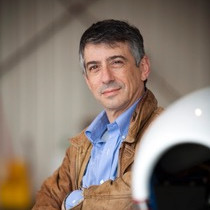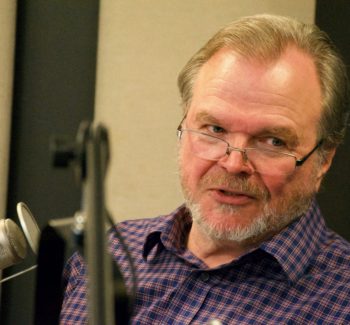How the Injured Brain Heals Itself: Our Amazing Neuroplasticity
Jonathan Sackier is a pioneer in non-invasive techniques for speeding the healing of traumatic brain injuriesHow can innovative medicine harness the brain’s own powers to help patients heal faster from brain injuries?
Robert J. Marks’s colleague at the University of Washington, chemistry at atmospheric science professor Bill Zoller, lost twenty years of his memory as a result of a catastrophic car accident in 1987. What did that mean for him?
His multiple trips to Antarctica? His participation with the first teams of scientists to enter the steaming craters of Mount St. Helens and El Chichon in Mexico? His 15 research papers? His 50-yard ride on the breakaway crust of a lava flow in Iceland? The daredevil stunts that earned him the name “Wild- Bill”?
Bill Dietrich, “Starting Over” at Seattle Times, October 27, 1991
All gone. He did not know that the Viet Nam war was long over. He remembered Ronald Reagan, for example, as a B movie actor, not as a two-term President. He remembered his adult children as infants and said at one point that that Vivian couldn’t be his wife, “You’re too old.” He was, as the Dietrich put it in the Times, an authentic Rip Van Winkle.
But he did not give up. With painstaking exercises, he methodically relearned it all—walking, reading, and all the advances in chemistry since the 1960s. Having become deeply religious, he returned to teaching. He felt that he had been given a second chance to fulfill his mission in life, inspiring a passion for chemistry and knowledge of the environment: “My job is to help young people. That is what I was saved for.”
People who have come back from catastrophic injuries like Zoller’s intrigue neuroscientists because they offer a glimpse into the neuroplasticity that enables the brain to restore lost functions, which we can learn to augment.
Marks’s guest today (podcast) to discuss neuroplasticity is Jonathan M. Sackier, chief medical officer of Helius Medical Technologies is a pioneer in laparoscopic surgery, a minimally invasive type of surgery that relies on micro-incisions guided by detailed imaging. The aim is reduced trauma and faster recovery with less scarring. He has also worked on techniques for the use of amniotic stem cells (derived from amniotic fluid that surrounds children pre-birth).
He also helped develop the world’s first surgical robot, (a human-like robot called AESOP). Some highlights:
How the Injured Brain Heals Itself
Marks: What evidence do we have that the brain can adapt and heal itself?
Sackier: Back when I was at medical school, the belief was that once your brain was injured, it was injured and that was it. One and done! But if you look back in history, there is very clear evidence that people were thinking about the concept that maybe, just maybe you could rewire your brain during life. And, if you think about it, we have the capacity to learn things well into our old age. A very good friend of mine, in his seventies, decided to start skiing. Well, that required his brain to form new circuits. That’s one piece of circumstantial evidence that you can teach people and if you are teaching people, inevitably you are forming new connections in the brain … Today, we have much more evidence as the science of neuromodulation has grown up, the concept of putting external energy into the brain to help it achieve that goal.
Sackier notes that in the 1960s, Marian Diamond (1926–2017) pioneered research into neuroplasticity, “the ability of the brain to remodel itself and do different things, to rewire itself.” She found that rats who had plenty of companionship and toys had better-developed brains than lonely and bored rats—a seemingly trivial finding with immense consequences for humans if taken to heart.
Marks: We often wire our brains in a bad way by our behavior; I’m thinking of things like addiction… drugs, cigarettes, porn, alcohol, even simple bad habits like biting our fingernails. Is the addiction simply a bad rewiring of our brain that results from our actions?
Sackier (confessing that he is not an addiction expert): Yes, basically, we get hard-wired to do certain things … If you learn to smoke, you’re creating memories, muscle memories, behavioral memories, forms of association. If every time you get on a telephone call, you light a cigarette, there is an area of the brain that lights up. When we do an MRI, we can see which areas of the brain are behaving in an aberrant manner. And we know we can change it. We know we can change it functionally. We now know we can change it structurally, by neuromodulation.
Marks introduced Hebb’s Law, used both in machine intelligence and in neuroscience. In neuroscience, Hebb’s Law holds that “if two neurons are active at the same time, the synapses between them are strengthened.” Hebbs first proposed it in 1949 and sometimes expressed colloquially as “neurons that fire together get wired together.” Or, to use the ancient formulation from the Book of Proverbs, “As a man thinketh in his heart, so is he.” (23:7)
Talk then turned to Bill Zoller, whose successful therapy was entirely noninvasive.
Marks: There was no surgery to go in and connect his brain. How do just thinking and mental exercises help the brain heal? ”
Sackier: There are neurosurgical procedures that are done in traumatic brain injuries, like taking bullets or pieces of projectile out of and evacuating blood and dead brain but that’s pretty much all one can do… but now the concepts are that maybe we can use external neuromodulation to treat traumatic brain injury by retraining people to do things that they have effectively forgotten to do as a result of disease or, in this case, trauma. That’s one of the things the group I have the privilege to work with is in fact doing.
The discussion concluded with the question of whether studies have demonstrated that mental exercises help the brain.
Marks: Bill Zoller, who had part of the steering wheel lodged in his brain, said that mental exercises were relatively effective. They took a long time but it seems that the neuromodulation that you are talking about would really help accelerate this sort of phenomenon.
Sackier: I believe it was Ann Diamond who coined the phrase in the late 1960s, “Use it or lose it.”
Next: In Part 2, Marks and Sackier will discuss the neuromodulation technology that Sackier is helping to develop that helps speed healing of the brain without invasive techniques.
See also: The human brain: Even basic facts are hotly contested The brain does not operate like a set of switches, as we used to think.
The brain is not a meat computer. Neurosurgeon tells us, “Dramatic recoveries from brain injury highlight the difference”
and
Boy loses large hunk of brain And is “doing just fine”
Listen to the Podcast



